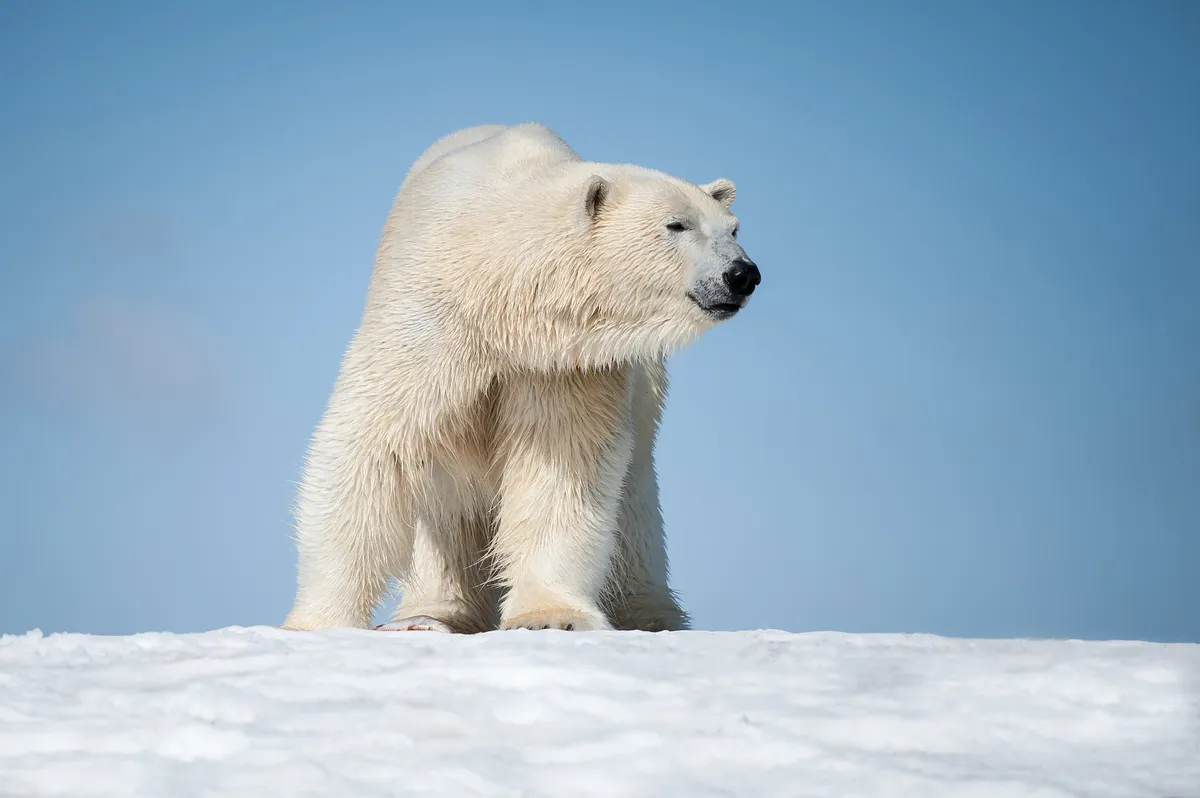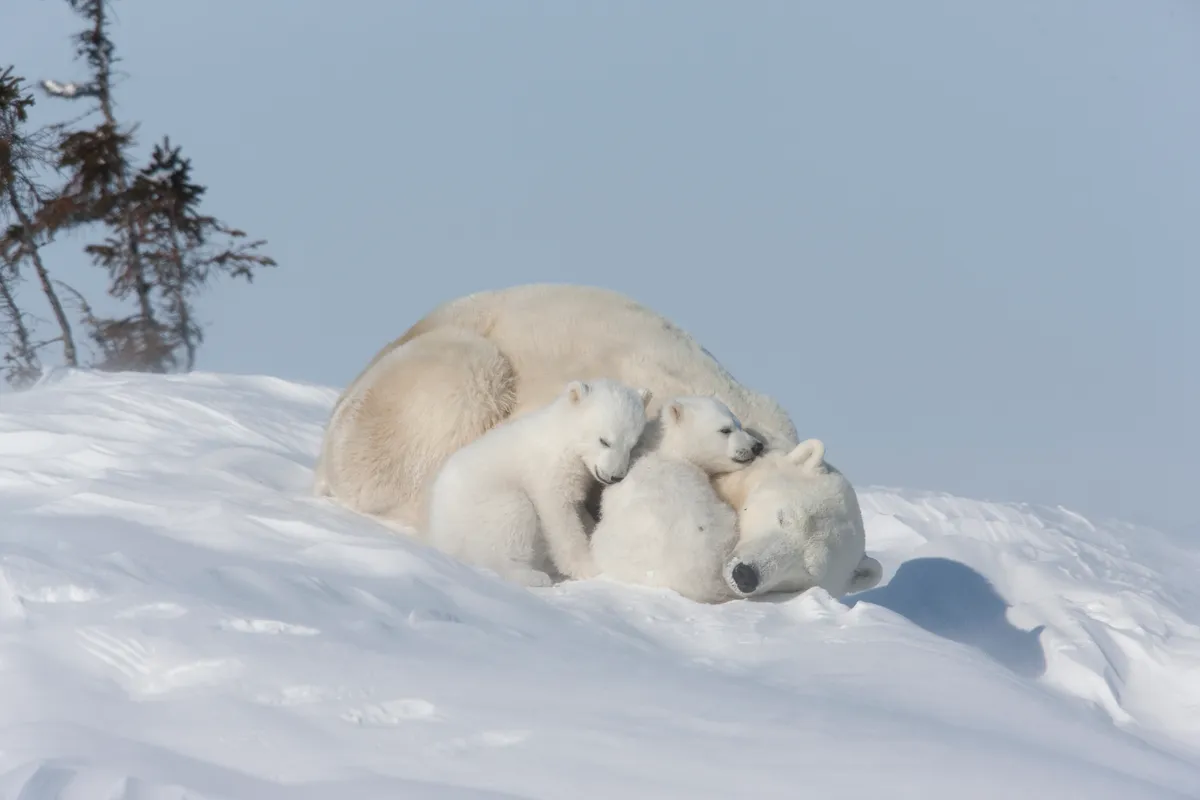Polar bear mothers invest a huge amount into their cubs, isolating themselves in dens arduously dug into snowdrifts to provide care and nourishment through the unforgiving conditions of Arctic winter. It’s little wonder, then, that the bears are reluctant to leave when disturbed, even when oil drilling equipment is in operation perilously nearby.
“We found that bears wouldn’t desert their dens even with vehicles driving right overhead,” says Wesley Larson, a self-confessed carnivore fan as tenacious as the animals he admires, who worked his way from office assistant to a graduate student position with Utah’s Brigham Young University, monitoring polar bears on Alaska’s North Slope.

Scientists have recorded an increase in human-wildlife conflict in the area, as offshore pack ice has diminished, forcing the bear population to create their dens closer to petroleum industry activity. With increased industry interest in oil and gas leasing in the Arctic National Wildlife Refuge, robust evidence to help support and enforce protective measures for the vulnerable species has never been more important.
Wildlife managers in Alaska depend on a rule that industrial activity and research cannot take place within 1.6km of a maternity den. Working with 15 years of monitoring records, and 30 years of notes regarding interactions between the industry and the bears, Larson and colleagues were able to confirm that the regulation was sufficient, but that more needed to be done to actively locate dens. He explains that with entrances quickly covered by snow and dens closed-up until spring, they are effectively invisible to the naked eye.
“While technology such as forward-looking infrared cameras can be used to try to pick up a heat signature inside the den, [it] only works when conditions are perfect, and they rarely are in Arctic winter,” says Larson. He is now consulting on a project using radar technology to identify dens and ensure protection for the iconic animals.

While the pandemic has paused much of his fieldwork, the ursine specialist has been busy channelling his energy into digital engagement projects – teaching online classes to socially isolated children and inspiring his 126,000 Instagram followers with photos from his archive of adventures.
Whether he’s crawling into caves to change the radio-tracking collar on a black bear or watching a mother grizzly and her cub catch salmon, Larson is passionate about sharing a close connection with wildlife.
